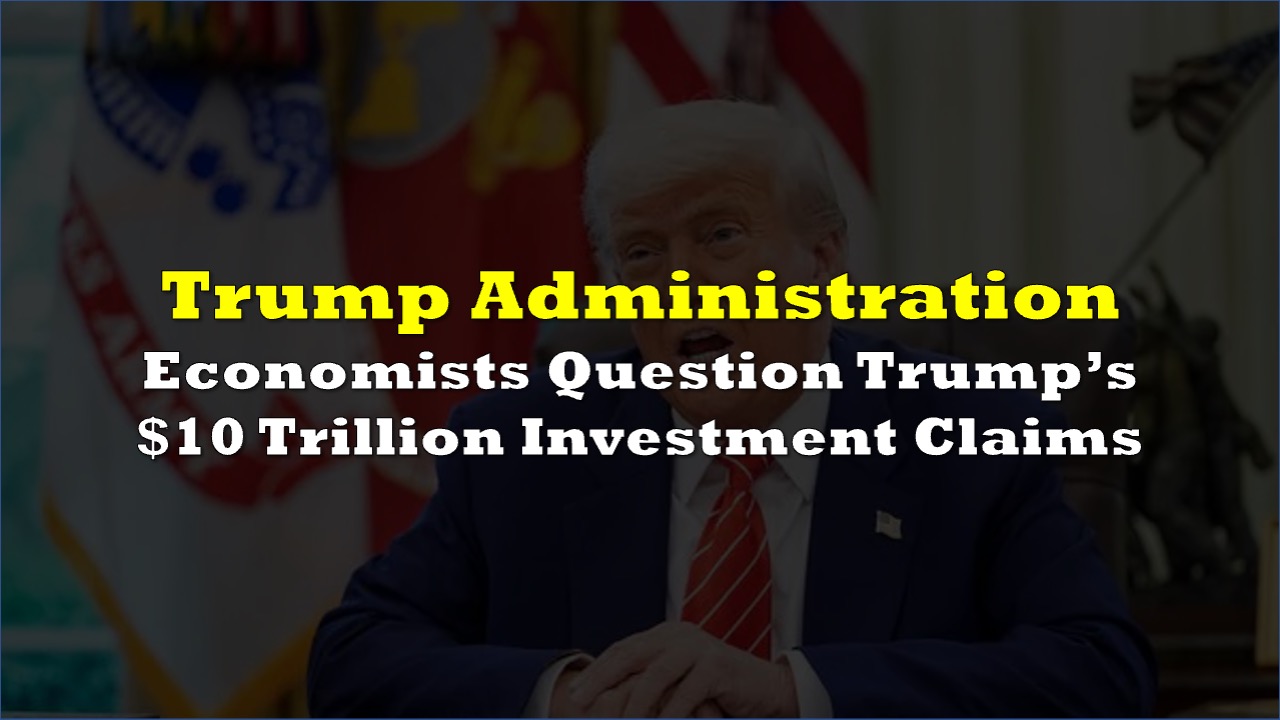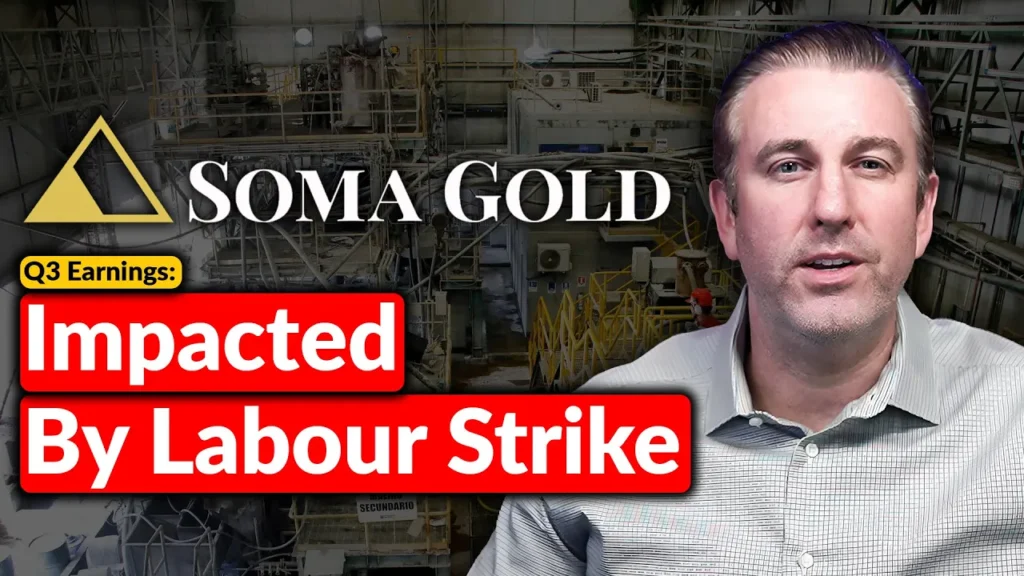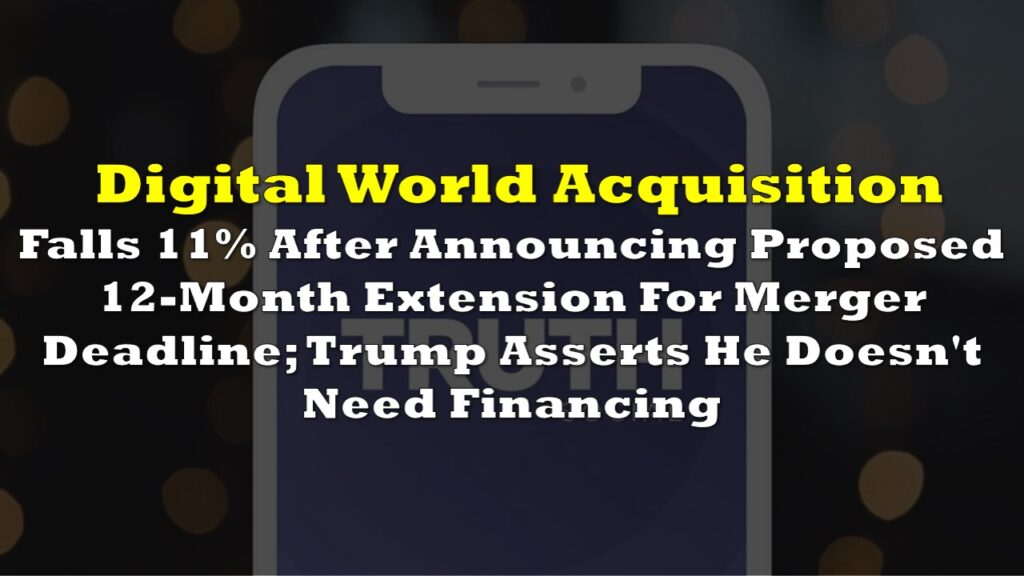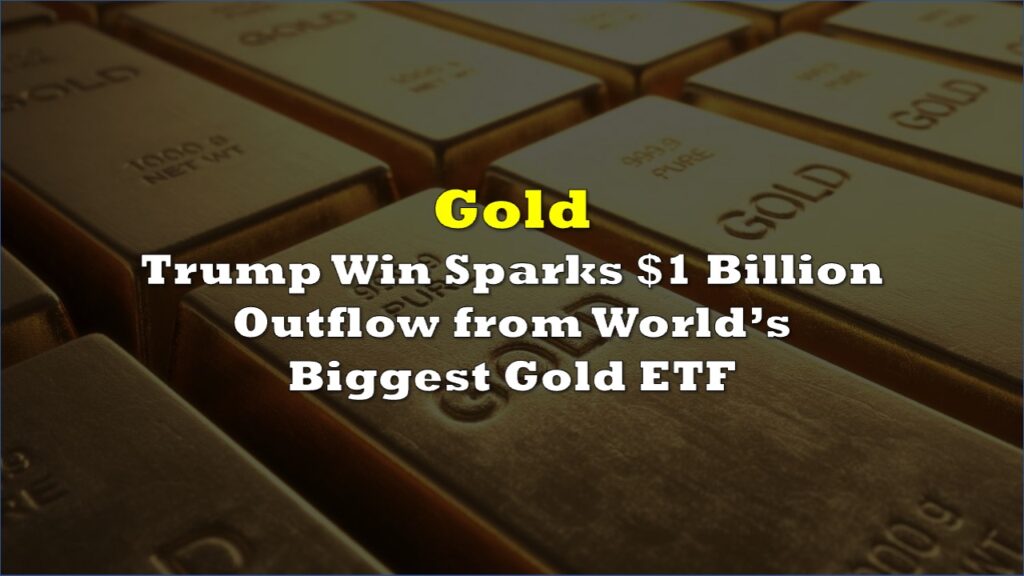President Donald Trump’s claims of securing more than $10 trillion in new US investment commitments are facing growing scrutiny from economists and financial analysts who say the figures are inflated and misleading.
The president has announced over $2 trillion in deals during a May trip to Saudi Arabia, Qatar and the United Arab Emirates, part of what he now claims are investment commitments exceeding $10 trillion since taking office in January.
But researchers at major financial firms and economic think tanks question whether many of the announced investments were planned before Trump took office, include purchases rather than domestic investment, or represent theoretical maximums unlikely to be realized.
“There’s no guarantee that any of the investments that are announced actually come to fruition,” said Adam Hersh, a senior economist at the Economic Policy Institute.
$10 trillion?
The White House claims Trump secured $600 billion in commitments from Saudi Arabia, including a $142 billion defense deal, plus $1.2 trillion from Qatar and $200 billion from the UAE during his Middle East trip.
Corporate announcements include $500 billion pledges each from Project Stargate for AI infrastructure, Apple for manufacturing, and NVIDIA for AI development.
However, Financial Times columnist Tej Parikh wrote this week that Trump’s investment deals are “a mirage,” with “dubious pledges and uncertainty cast a shadow over the president’s manufacturing boom.”
Trump’s investment deals are a mirage https://t.co/elsfgzDiqJ | opinion
— Financial Times (@FT) June 8, 2025
Goldman Sachs estimates companies have announced plans to invest over $2 trillion across multiple years, with foreign governments pledging about $4 trillion in further US business investment. But the firm’s analysis suggests the $10 trillion figure cited by Trump includes significant overstatements.
It’s all about (re)branding
Several major announcements involve projects conceived before Trump’s election. A company spokeswoman confirmed to The Washington Post that Project Stargate executives had been discussing plans for at least 10 months before Trump took office, though she said the deal reached its current magnitude following the election.
Apple’s $500 billion commitment spans four years, but the company spent only $10 billion on capital expenditures and $31.4 billion on research and development globally last year, according to Goldman Sachs data cited by the Financial Times.
“They’re just promises — and often vague ones at that,” Scott Lincicome, vice president of general economics at the Cato Institute, wrote in a recent analysis, citing announcements that included no time frame and few specifics.
Trump’s record
When Trump was previously in office, Goldman Sachs found that roughly four-fifths of announced investment commitments were eventually realized, though this included high-profile failures. Alibaba scrapped a plan to create 1 million jobs, while Foxconn scaled back a Wisconsin manufacturing investment from $10 billion to $672 million.
Analysts believe even this 80% realization rate is unlikely for current pledges given the economic uncertainty and Trump’s aggressive tariff policies.
“Companies often will make announcements to essentially curry favor with an incoming administration to show how committed they are to the United States,” Nick Nigro, founder of Atlas Public Policy, told CBS News.
‘Investments’ or purchases?
Some announced “investments” actually represent purchases of US goods that boost exports but don’t constitute domestic investment. The Saudi defense deal, for example, involves buying American military equipment rather than building facilities in the United States.
Foreign companies may also use investment announcements as strategic positioning ahead of potential trade disputes, rather than firm business commitments, according to industry analysts.
And the economic impact remains uncertain
Whether the announcements translate into significant economic growth remains unclear.
“The consensus forecasts for investment and economic growth have not changed in response to these announcements,” said Mark Zandi, chief economist at Moody’s Analytics. “If anything, the fundamental drivers of investment have weakened considerably because of the global trade war.”
Data from fDi Markets, a Financial Times-owned database, shows total foreign direct investment announcements have exceeded levels seen at similar points during Trump’s previous presidency and the Biden administration.
But multiple factors could limit actual construction, including labor shortages, regulatory uncertainty, and Trump’s immigration policies that could reduce the available workforce.
The White House maintains what it calls a “non-comprehensive” running list of announced investments on its website. Trump has not publicly specified his methodology for reaching the $10 trillion figure.
Information for this story was found via the sources and companies mentioned. The author has no securities or affiliations related to the organizations discussed. Not a recommendation to buy or sell. Always do additional research and consult a professional before purchasing a security. The author holds no licenses.









